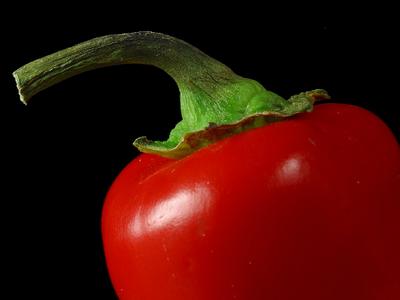 As an example of the pervasive effect of information networks, a Google search of "Black Locust Flooring" produces links to WoodPlanet.com, a national electronic for buyers and sellers of all types of wood products.
As an example of the pervasive effect of information networks, a Google search of "Black Locust Flooring" produces links to WoodPlanet.com, a national electronic for buyers and sellers of all types of wood products.The point: even "old timey" businesses may benefit from networked exchanges, whether for growth or survival.
This piece is, frankly, a placeholder dealing with the issue of "how big" and "what tech" and "who plays" in the context of Local Food issues.
There seem to be emergent "big dogs" in the link lists (notably, Localharvest.org has the attraction of being, as a rule, pretty agnostic and having enough scope to have some effect) and the technology promises to be très amenable to Web 2.0 mojo.
Local Harvest's underlying data sources also leverage non proprietary CSV (comma separated value) files; sort of a lingua franca for data visualization.
Current Limitations and Issues
One notable affect of the listing systems: minimal transparency and problems with authentication of participants.
While limiting, I'm thinking we'll see more "regionalism" for the information, with some accommodation of bid/ask mechanisms (eBay4Beets) and some other incentives to increase the participation of regional, many times (but my no means always) technology averse producers and consumers of Local Good Eats.
The idea of local, well, it has a lot to do with local.
There seem to be systemic disincentives for collaboration from the perspective of public funding sources (grants) and the Jack Russell terrier behavior involving "turf".
So, an organizing cry around this issue validates the IWW and One Big Union vis a vis regional and US Domestic market opportunities.
Ok. Time to think.
No comments :
Post a Comment